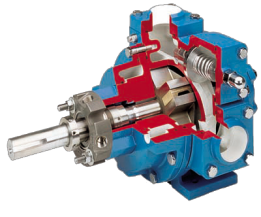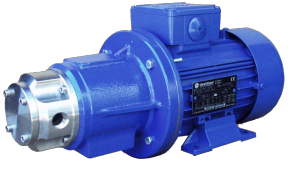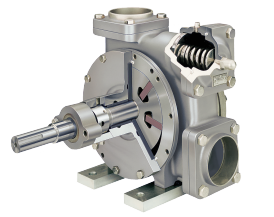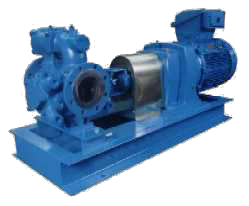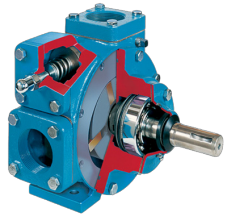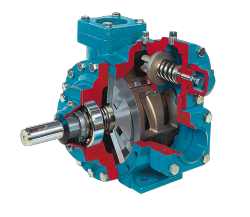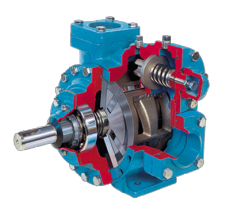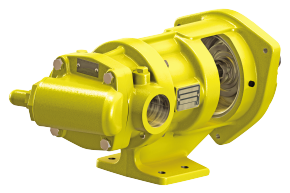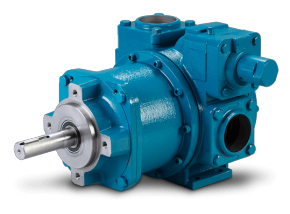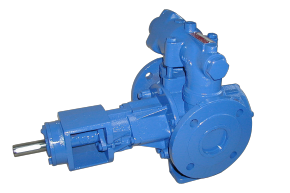How Rotary Vane Pumps Work
How do rotary vane pumps work
The operation of a rotary vane pump is based on cyclical volume changes created by the eccentric rotation of the rotor within the pump casing. The vanes slide in and out under centrifugal force, hydraulic pressure, or spring action, ensuring continuous contact with the inner wall of the casing to form a tight seal.
1. Fluid Inlet (Suction Phase)
-
As the rotor begins to turn, the space between the rotor and the cam ring expands on the suction side of the pump due to the eccentric mounting.
-
The vanes, sliding outward, maintain contact with the casing wall, forming a series of sealed chambers.
-
The increasing volume of these chambers creates a partial vacuum, drawing fluid into the pump through the inlet port.
2. Fluid Transfer (Trapping Phase)
-
As rotation continues, the trapped pockets of fluid are carried around the inner surface of the casing between adjacent vanes.
-
The liquid is effectively isolated between the vanes and the pump housing, preventing backflow.
-
The close clearances between the vanes, rotor, and casing ensure efficient sealing and minimize internal leakage.
3. Fluid Discharge (Compression Phase)
-
On the discharge side, the space between the rotor and casing decreases as the rotor approaches the area of minimum eccentricity.
-
The shrinking volume compresses the trapped fluid, forcing it out through the discharge port under pressure.
-
This action delivers a steady, pulseless flow proportional to the pump’s rotational speed.
The entire process repeats with each revolution, providing consistent displacement and reliable performance even at varying pressures or viscosities.
Operating Characteristics
-
Flow Type: Smooth, non-pulsating
-
Flow Rate: Proportional to rotational speed (displacement is fixed per revolution)
-
Pressure Range: Typically up to 15 bar for liquid transfer and up to 0.001 mbar absolute for vacuum versions
-
Viscosity Range: Handles thin to moderately viscous fluids effectively
-
Direction: Reversible flow possible by reversing rotation


